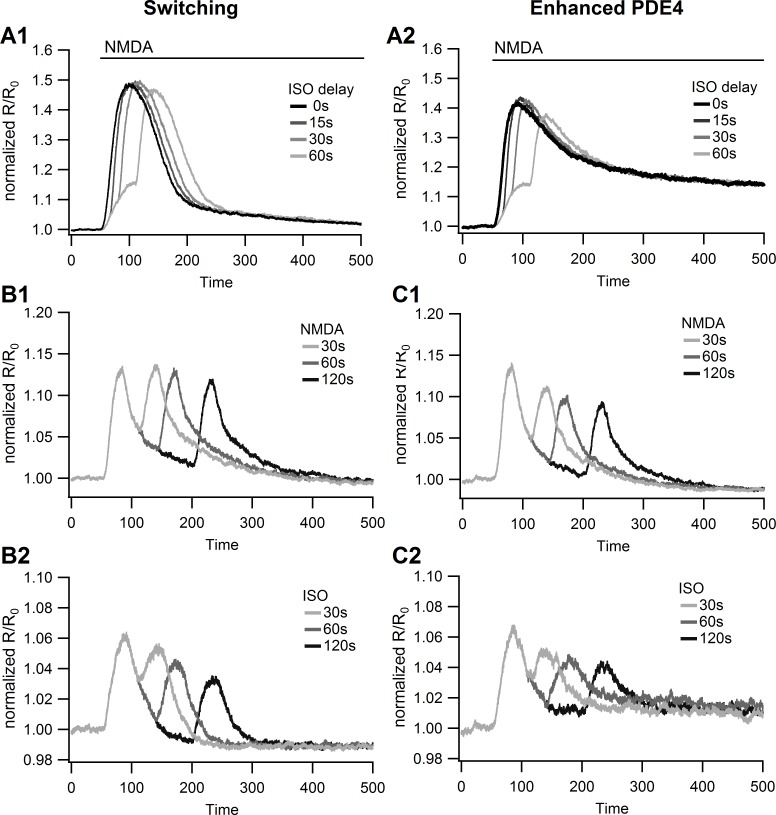Fig 8. Model response to different temporal patterns of stimulation.
A. Response to NMDA applied simultaneously with or prior to isoproterenol (ISO). Both the switching model (A1), and the best model without switching (A2: dynamic recruitment of PDE4s to the membrane, 10x activity of plasma membrane PDE4) predict a synergistic response to NMDA followed by ISO. B. Response of switching model to paired 30 sec pulses of NMDA (B1) or isoproterenol (B2) separated by 30, 60 or 120 sec. The switching model exhibits no decrease in the response to the second NMDA pulse compared to the first, whereas it exhibits a decrease in the response to the second isoproterenol pulse. C. Response of model with enhanced PDE4 to paired 30 sec pulses of NMDA (C1) or isoproterenol (C2) separated by 30, 60 or 120 sec. The enhanced PDE4 model exhibits a decrease in the response to the second pulse of both NMDA and isoproternol with longer time delays.

